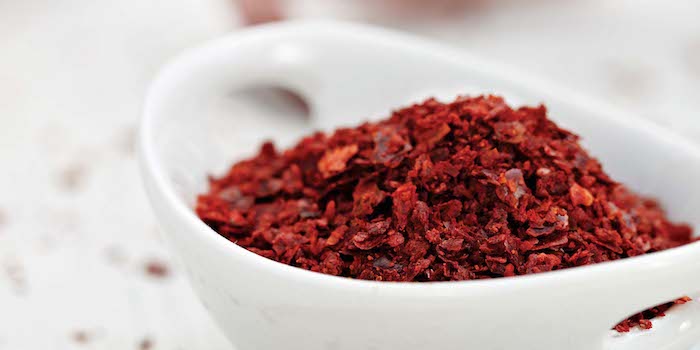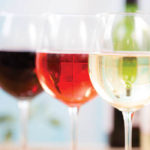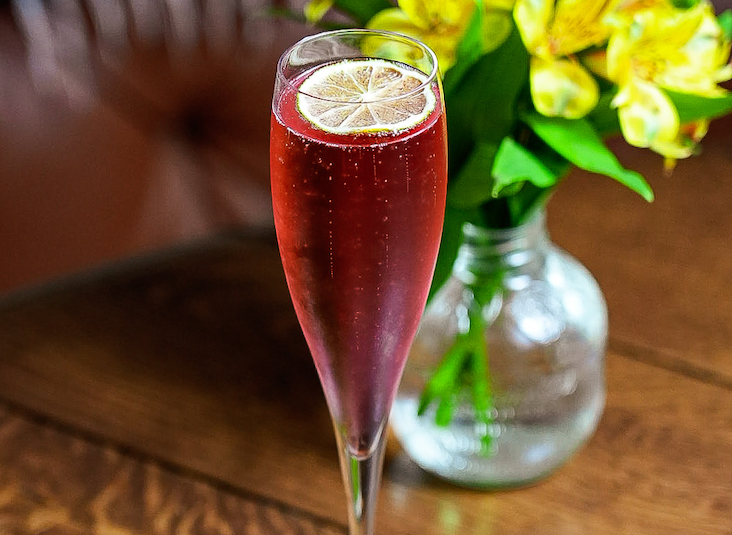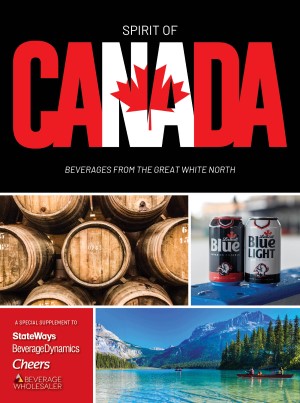Unique flavor profiles are spicing up the cordials category.
Cordials and liqueurs have long been defined by a sweet flavor profile, from coffee, chocolate and cream to fruit, nuts and mint. But as spirits, cocktails and consumers have become more experimental and tastes have evolved, spicy and more savory liqueurs have taken off.

The Footloose cocktail at Tanner Smith’s in New York includes vodka, house-made cucumber syrup, elderflower liqueur, celery bitters, fresh lime juice, fresh basil and black pepper.
“I see a change in the flavor profile in cordials and liqueurs to meet the modern-day palate,” says Barnard McNamee, who with Andrew Schulman is managing partner at Tanner Smith’s, an open-style cocktail venue in New York. He notes an increase in the use of spicy spirits, such as Ancho Reyes, an ancho chile liqueur from Mexico that launched last year.
The Winchester, an 80-seat seasonal-cuisine restaurant in Chicago, uses Ancho Reyes in its Skippin’ Town cocktail ($10), along with mezcal, Cocchi Americano, lemon juice and pineapple gum syrup and a Luxardo cherry garnish. “People [often] associate a liqueur with something sweet and one dimensional,” notes co-owner Chris Pappas. “Once you really get into liqueurs, you realize that they range in complexity and flavor.”
Other spicy liqueurs that have recently hit shelves include Patron’s XO Café Incendio chocolate chili liqueur, Beam’s Kentucky Fire, Jack Daniels Tennessee Fire and Wild Turkey’s American Honey Sting.
Pappas has also made his own various chili and spice liqueurs along with clove, cherry and hibiscus cordials. The latter two ingredients go into the Matador cocktail ($10), along with El Jimador tequila, agave, lime and Q pink grapefruit soda.
Kitch is Cool
Products such as Ancho Reyes and Hum Botanical Spirit (rum infused with hibiscus, ginger, green cardamom and kaffir lime) were created by “bartenders who saw a need in the market and brought new brands to life,” says Cameron Bogue, beverage director for Earls Restaurants, a casual chain of 65 locations in the U.S. and Canada. But several of the old-timey, oft-maligned liqueurs have been making a comeback as well, he says.
“Reviving kitsch cocktails is hot right now,” Bogues notes. Earls’ Frozen Paralyzer drink ($9.50), for one, mixes Smirnoff vodka with Kahlua, espresso and Frosted Flakes cereal milk, while the bar’s Margarita ($8.50) uses the vibrant-hued blue curacao liqueur.
Noma Social, in New Rochelle, NY, offers a cocktail called the Scooby Snack, with Bacardi light rum, Midori melon liqueur, white crème de banana and a splash of pineapple soda.
The Riggsby, a 115-seat American continental restaurant in Washington, D.C., uses curacao in The Champ cocktail ($13), along with mezcal, Green Chartreuse, lemon and strawberry. The Last Frontier ($12) mixes bourbon with lemon, cinnamon and amaretto.
“A lot of bartenders might get snobby about not wanting to touch these bottles that have been around for years and years,” says Christine Kim, lead bartender at The Riggsby as well as the Latin/Spanish-influenced spot Tico. “It’s nice to revisit what these cordials have to offer, and [see] the beauty in the liquid” such as the blue curacaos and Chartreuses, she says.
The quality and appeal of these retro liqueurs are the reasons they have withstood the test of time, Kim says. She and her staff are constantly explaining falernum, Galliano, Chartreuse and Fernet Branca to guests, and it’s invigorating when customers make a connection to these special bottles, Kim says.
“These have been great modifiers for cocktails, accenting the base spirits but still shining on their own as well.”








